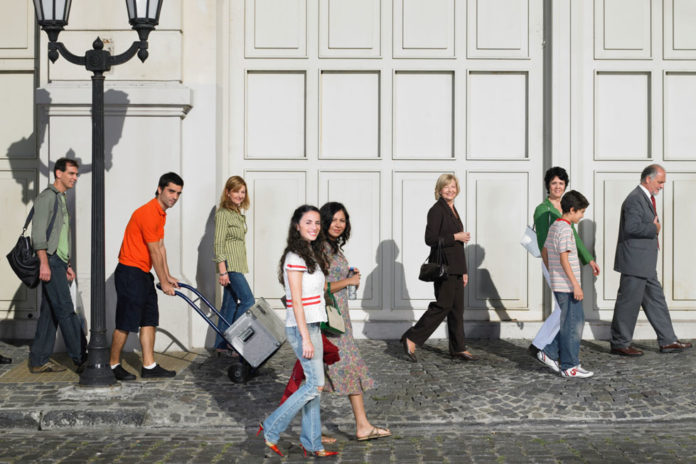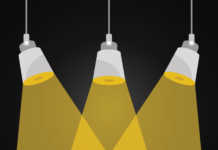
We’ve all had that moment: you’re walking down the street or through the supermarket, and you feel like you recognize someone you know. However, you’re not entirely sure it’s really who you think it is.
So, how do you know? One miniscule spot in your brain has the answer for you.
Neuroscientists at Johns Hopkins University have theorized that the CA3 region, a part of the brain’s hippocampus, is responsible for deciding whether or not a stimulus—such as the sight of someone you “know” in the store – is completely new or has been previously experienced before.
Once the CA3 has made its decision, it either recalls and confirms the memory of the person you have recognized or remembers the new stranger as a separate face.
These findings, which validate models about how memory works, could help explain the failure of memory in diseases like Alzheimer’s. Additionally, it may help the medical community to better understand how to preserve people’s memories as they age.








